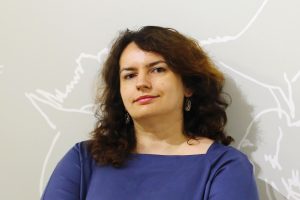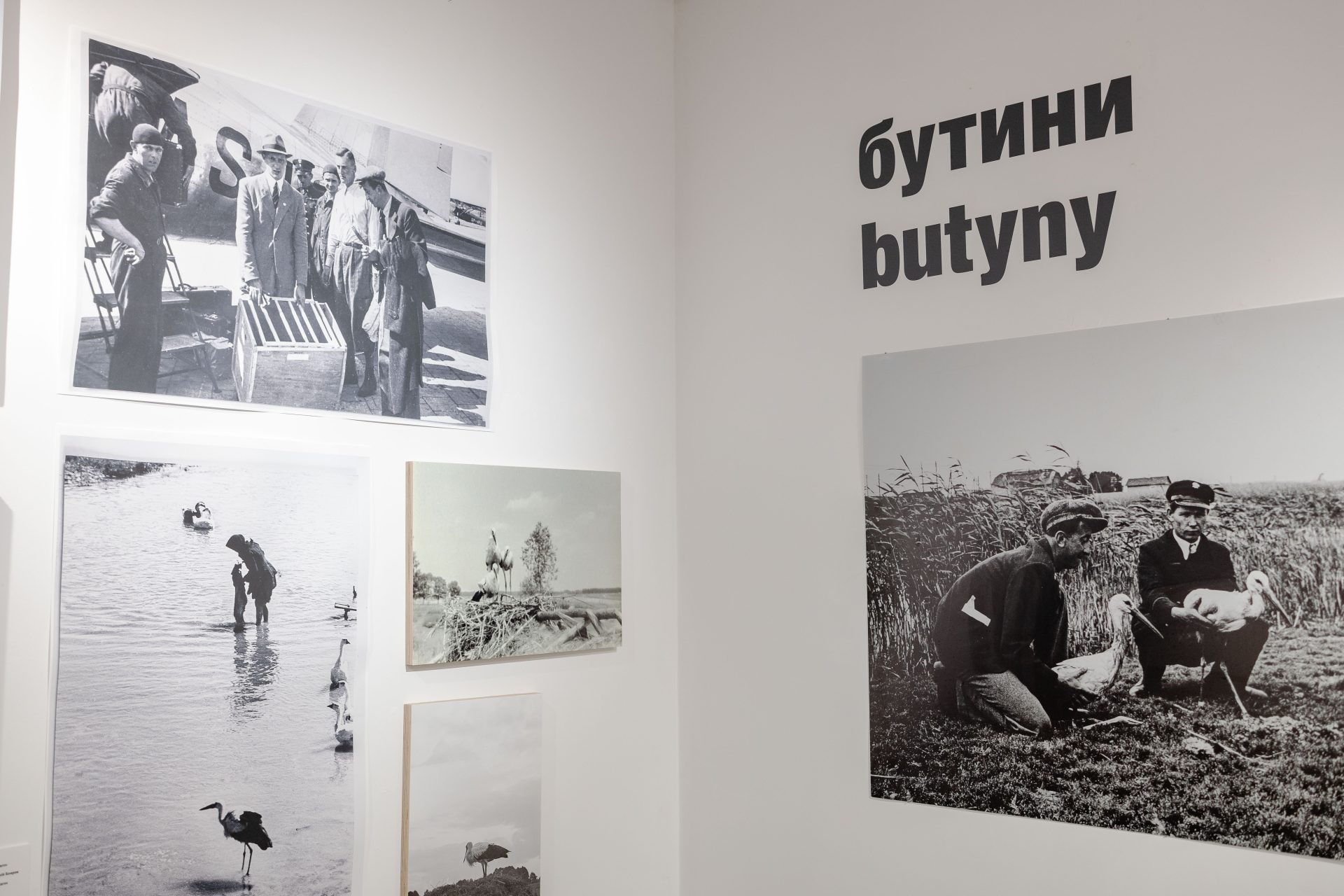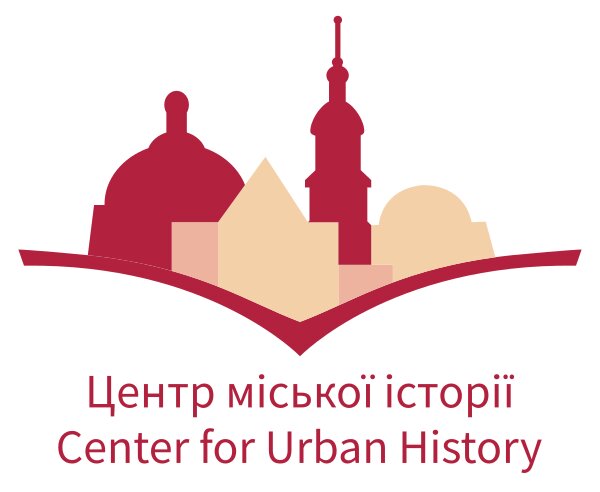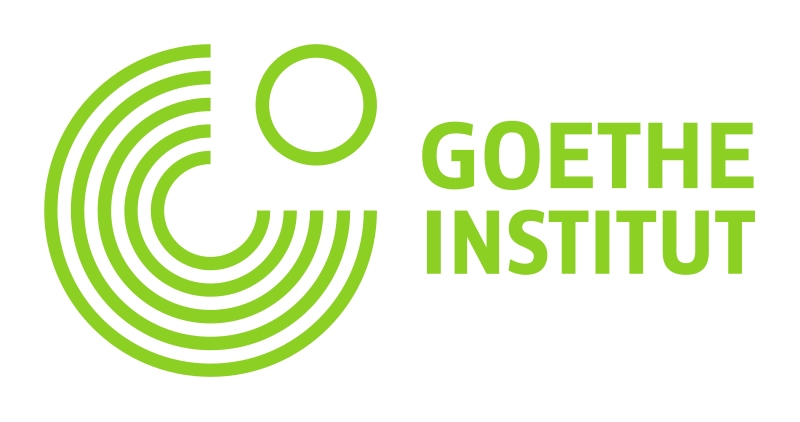The Way Home: Magnetic Fields, Star Guides, and Solar Compasses
Nataliia Dziubenko
1.10.2024, 18:30
Municipal Art Center, 11 Stefanyka St.
We invite you to a lecture by Nataliia Dziubenko, which continues the series of public program "Domowroty / ПОВЕРНЕННЯ / Homing program".
The seasonal long-distance migrations of birds, fish, insects, and mammals and their amazing ability to find their way home have long intrigued both scientists and people far from science. The gray petrel chicks hatched in New Zealand return home next year, having visited the coasts of Chile, Japan, Kamchatka, Alaska, and California, crossing the Pacific Ocean twice, covering about 65 thousand kilometers. Young storks with no previous experience of migration can find wintering grounds thousands of kilometers away from their home nest. Young domestic pigeons, taken by researchers 10 kilometers from their home pigeon house, head for home immediately after release. Pacific salmon return to their stream two years after birth, traveling thousands of kilometers. Today, just like fifty, thirty, ten years ago, we have no convincing explanation for how they do it.
Groups of researchers around the world are still looking for answers to the question “How do they find their way home?” Scientific theories explain this innate navigational genius by the sensitivity of animals' sensory systems to the position of the Sun, constellations, landscape outlines, and even the Earth's magnetic field. But still, in publications of research results, we can find wording with the words: "possible", "probable", "likely", which often means "we don't know how, but it works!".
We don't know for sure how birds find their way home, embarking on dangerous journeys of tens of thousands of kilometers. Or perhaps our longing for home, no matter where we are, is also a manifestation of evolutionary behavior?

Nataliia Dziubenko
Candidate of Biological Sciences, ornithologist. Head of the Department of Applied Museology at the State Natural History Museum of the National Academy of Sciences of Ukraine. One of the authors of the educational program for children, “Stork”. She is engaged in research and protection of the black stork in Ukraine.
Drawing on the metaphor of "returns", which is particularly sensitive today, the series "Domowroty / Returning / Homing"actualizes reflections on the constant process of physical and material return, as well as emotional and intellectual reflections on what is place, belonging, and connection. The public program is part of the project "Homing: Returns of People, Places and Archive". The project is implemented in cooperation with the Goethe-Institut in Ukraine.



